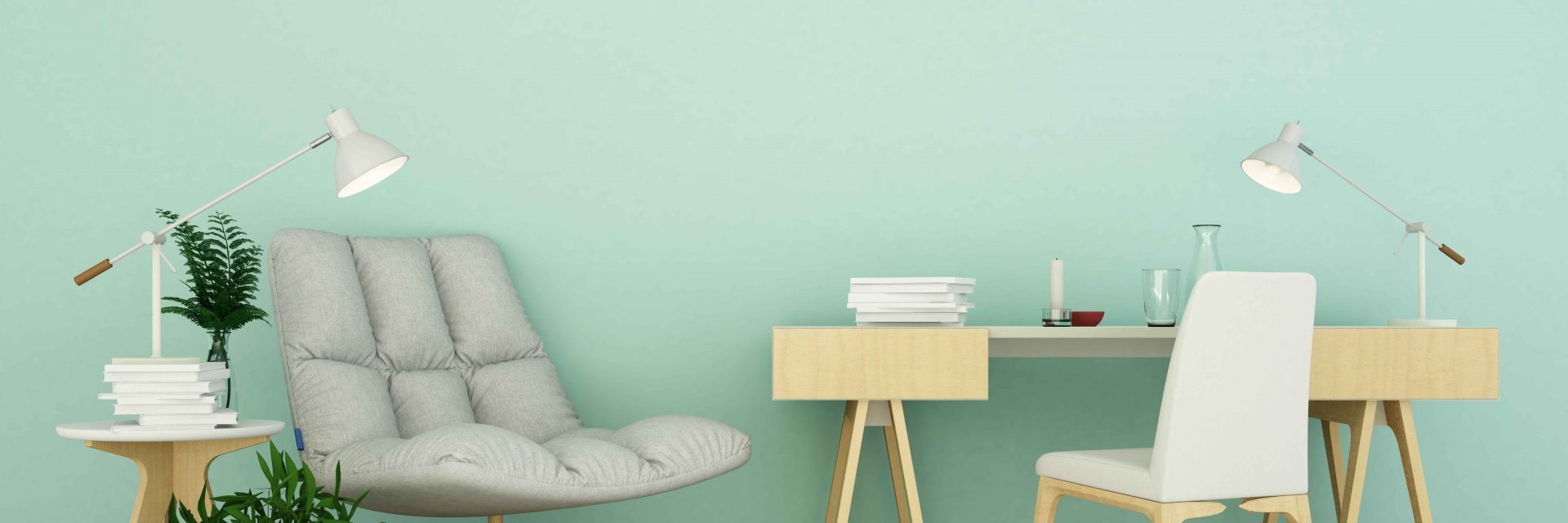Seasonal Factors To Consider For Commercial Exterior Paint: What You Required To Know
Seasonal Factors To Consider For Commercial Exterior Paint: What You Required To Know
Blog Article
Write-Up Created By-Korsholm Celik
When you're planning a commercial exterior paint task, seasonal aspects can make or break your outcomes. You'll want to think about how temperature level and humidity effect paint application and drying out times. Choosing the appropriate season can guarantee your paint sticks effectively and lasts longer. However which seasons are truly the best for this kind of work? Let's discover the crucial elements that can impact your task's success.
The Influence of Temperature on Paint Application
When you're preparing a business exterior painting task, the temperature level can substantially impact just how well the paint sticks and dries.
Ideally, you wish to paint when temperature levels vary between 50 ° F and 85 ° F. If it's too cool, the paint might not treat properly, causing problems like peeling or splitting.
On the other side, if it's as well warm, the paint can dry too quickly, preventing appropriate bond and causing an unequal finish.
You should additionally take into consideration the time of day; early morning or late afternoon supplies cooler temperature levels, which can be extra positive.
Constantly inspect the manufacturer's recommendations for the certain paint you're using, as they commonly supply advice on the suitable temperature range for ideal outcomes.
Humidity and Its Impact on Drying Times
Temperature level isn't the only environmental variable that influences your commercial exterior painting task; humidity plays a substantial duty as well. High moisture levels can reduce drying times drastically, influencing the overall quality of your paint work.
When the air is filled with moisture, the paint takes longer to treat, which can lead to issues like poor bond and a higher risk of mildew development. If you're painting on a particularly damp day, be gotten ready for extended delay times in between layers.
It's vital to keep an eye on regional weather conditions and plan appropriately. Preferably, go for moisture degrees in between 40% and 70% for ideal drying out.
Keeping these consider mind ensures your task stays on track and delivers a long-term surface.
Best Seasons for Commercial Outside Paint Projects
What's the very best time of year for your commercial external painting jobs?
Springtime and early autumn are generally your best choices. During these seasons, temperature levels are light, and humidity degrees are commonly lower, developing optimal conditions for paint application and drying out.
Stay visit the next web site of summer season's intense heat, which can trigger paint to dry also promptly, causing bad attachment and finish. Likewise, https://local-painters-near-me78887.azzablog.com/34494054/trick-queries-to-make-prior-to-utilizing-residence-painters can prevent correct drying and healing, taking the chance of the durability of your paint work.
Aim for days with temperatures in between 50 ° F and 85 ° F for ideal outcomes. Bear in mind to inspect the local weather report for rainfall, as damp conditions can ruin your project.
Planning around these aspects ensures your paint project runs smoothly and lasts longer.
Verdict
In conclusion, intending your industrial external painting jobs around seasonal factors to consider can make a substantial difference in the end result. By organizing work throughout the ideal temperature levels and humidity degrees, you'll guarantee far better adhesion and drying times. Remember to keep an eye on regional weather forecasts and select the correct time of year-- spring and very early loss are your best bets. Taking these steps will certainly assist you attain a resilient and specialist finish that lasts.
